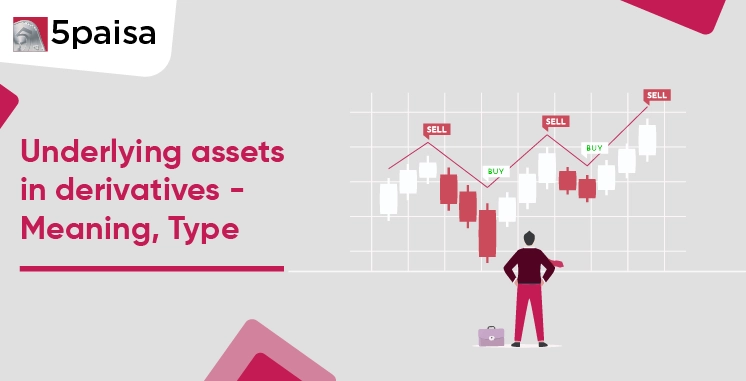Content
- Underlying Asset Meaning
- Types of Underlying Assets
- Importance of Underlying Assets in Financial Markets
- Examples of Underlying Assets
- What is the Relationship Between the Underlying Asset in Derivatives
- Conclusion
In the dynamic landscape of the Indian capital market, derivative contracts have emerged as powerful instruments for hedging, speculation, and portfolio diversification. At the heart of every derivative lies a crucial component, the underlying asset. Understanding the meaning and types of underlying assets is essential for traders, institutional participants, and hedgers who actively engage with the NSE and BSE derivatives segments.
The value of derivatives is derived from underlying assets. An option on stock XYZ, for instance, grants the holder the right to purchase or sell XYZ at the strike price until the option expires. The stock of XYZ is the option's underlying asset. Many stocks, although not all of them, have option chains. The thing in the contract that adds value to the agreement can be identified using an underlying asset. The security in question, which the parties agree to swap as part of the derivative transaction, is supported by the underlying asset.
In the world of derivatives trading, understanding the underlying security is crucial, as it forms the basis of the contract’s value. Investors often ask what is underlying assets are, which refers to the financial instruments, like stocks, indices, or commodities, that determine the price of derivatives. The underlying asset meaning in stock market, specifically highlights how stock-based derivatives derive their value from listed equities, playing a key role in hedging, speculation, and risk management strategies.
More Articles to Explore
- Difference between NSDL and CDSL
- Lowest brokerage charges in India for online trading
- How to find your demat account number using PAN card
- What are bonus shares and how do they work?
- How to transfer shares from one demat account to another?
- What is BO ID?
- Open demat account without a PAN card - a complete guide
- What are DP charges?
- What is DP ID in a demat account
- How to transfer money from demat account to bank account
Disclaimer: Investment in securities market are subject to market risks, read all the related documents carefully before investing. For detailed disclaimer please Click here.
Frequently Asked Questions
An example of an underlying asset is the Nifty 50 index, which is the base for Nifty futures and options traded on the NSE.
The price of the underlying asset determines whether an option is in-the-money, at-the-money, or out-of-the-money, affecting its premium and payoff.
Yes, individual stocks like Infosys, Tata Motors, or SBI are commonly used underlying securities for stock options and futures on Indian exchanges.
An asset is any financial or physical resource with value. An underlying asset specifically refers to an asset upon which a derivative contract is based.



